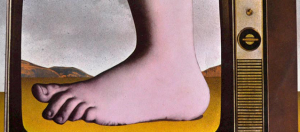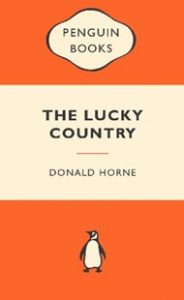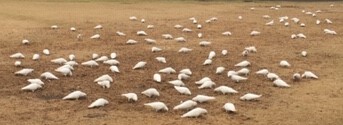Australian lawyers are presently represented at an international gathering of experts to address the need for particular insolvency laws for small business in the wake of COVID-19, given the unique issues of financial distress involved in that sector: Working Group V: Insolvency Law | United Nations Commission On International Trade Law 13-17 December 2021.
On that important issue, in January 2021, the Attorney-General sought insolvency law reform views, as to how to deal with the “impact that the virus has had on unincorporated SME businesses such as sole traders and partnerships”. Current Australian bankruptcy law imposes business and personal restrictions during a minimum three-year period. None of those reforms have proceeded.
But the government has now announced other important reforms in bankruptcy, under the proposed Regulator Performance Omnibus Bill 2022.
Regulator Performance Omnibus Bill 2022
Among other things, the Bill, if passed, would allow the indexing of statutory thresholds and amounts under the Bankruptcy Act to occur annually rather than bi-annually, “reducing the administrative burden on the regulator and regulated community”; for example it would allow the regulator to calculate figures in advance of their date of effect rather than on the day of CPI publication.
Examples
Some examples of these indexed monetary thresholds for protected property will assist.
Property used to earn income – A$3,800
A bankrupt can keep property used to earn her or his income up to an indexed value of $3,800, as long as the income is earned by “physical exertion”.
In past cases, a piano was allowed for a music teacher, and a sewing machine for a tailor. Beyond that, the trustee is entitled to take such property and sell it.
In one case, the bankrupt obtained court orders that the Official Trustee give back to him a Stihl Farm Boss Chainsaw together with carrying case, gloves, goggles, file and funnel.
Cars etc – A$8,150
Also, a bankrupt can keep property used “primarily as a means of transport”, up to $8,150 in value.
The court intervened in the same case to allow the bankrupt to keep a box trailer to allow him to gather wood for heating for himself and his 82 year old mother in the cold Tasmanian winters.
New method of calculation, down to three decimal places, but if an indexation factor is less than one, the indexation factor is increased to one
Under the Bill, the amounts of $3,800 and $8,150 will be increased annually. A new method of calculation is proposed, under s 304A, using an amount worked out by multiplying the indexation factor for the indexation year with the dollar amount for the previous year, the factor calculated by dividing the CPI for the March quarter immediately before the indexation year with the CPI for the March quarter before.
This is to be calculated to three decimal places, but if an indexation factor is less than one, the indexation factor is increased to one.
Other protected property not subject to monetary limits – bedding, linen and towels
Not all such protected property is subject to indexed monetary thresholds.
For example, a bankrupt may keep bedding, linen and towels but only to a value according to statutory criteria including whether the costs of seizure, storage and sale of the bedding, linen and towels would be likely to exceed their sale price.
The Bill does not affect this law.





